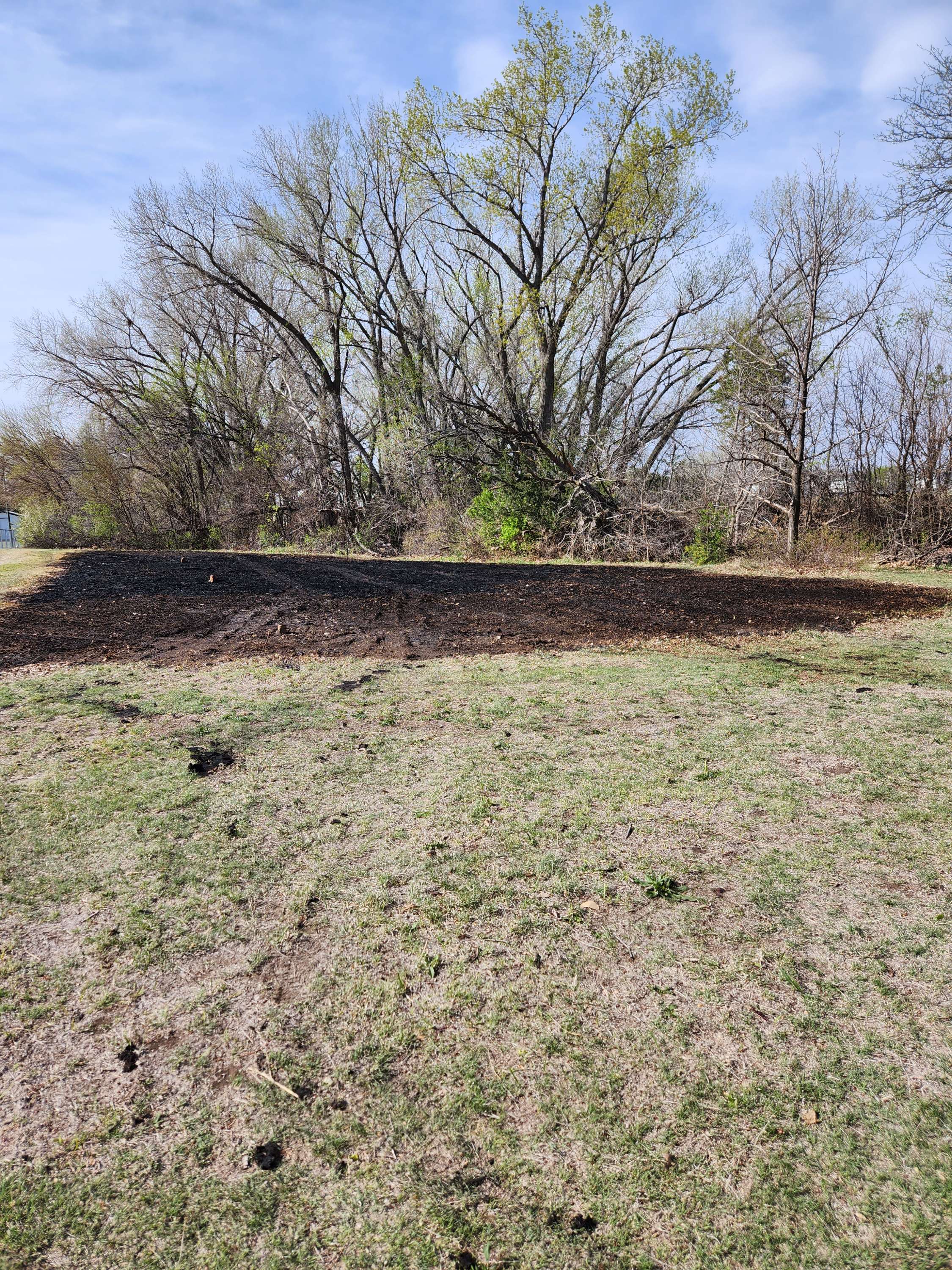





Hays Fire Department
The Hays Fire Department and Ellis County Fire Department conducted live grass fire training Saturday at O’Loughlin Elementary School, 1401 Hall.
The controlled burn provided local firefighters with training and knowledge of how to combat grass fires, according to Shane Preston, Hays deputy fire chief. With firefighters on site, they can ensure that the burn mitigation of the grass plots will be conducted safely.
The O’Loughlin prairie plots were established in 1993 as an Outdoor Wildlife Learning Site (OWLS) similar to other such sites established on school grounds across Kansas. The educational tool is used by USD 489 students, as well as for the general public.
The mitigation burn has traditionally been held in April or May since since 1995.
Stands of prairie grasses and wildflowers require occasional burning to remove excess litter, stimulate vigorous new growth and reduce the fire danger. Without burning litter accumulation suppresses new growth and the vegetation in the stand becomes decadent and cannot be duplicated by mowing or haying the grasses.






